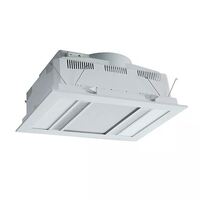
Martec Phoenix 3-in-1 Fan, Heater, Light & Exhaust
Model # MBHP1000W
$324.50 $295.00 ex GST
Need Help?
Need Help?

Martec Phoenix 3-in-1 Fan, Heater, Light & Exhaust
Model # MBHP1000W
$324.50 $295.00 ex GST
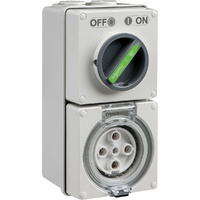
Clipsal Easy56 Round 5 Pin 32A Switched Socket
Model # EY56C532
$150.04 $136.40 ex GST

Clipsal Wiser Smart Smoke Alarm with 10 Year Lithi
Model # CLP599WSAL
$145.20 $132.00 ex GST
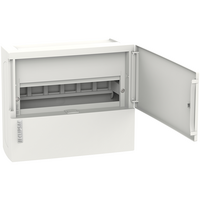
Clipsal Resi MAX 1 Row 12 Pole Surface Mount Switc
Model # RMXE112S
$44.33 $40.30 ex GST
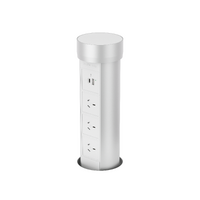
Point Pod Multi Pop Up Powerpoint 3 x Power 2 x US
Model # PPM01
$490.50 $445.91 ex GST
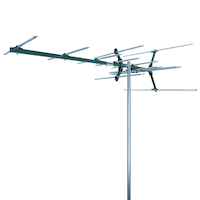
Matchmaster 03MM-DC21V Digital TV Antenna
Model # 03MM-DC21V
$137.50 $125.00 ex GST
 Click here to see our huge range
Click here to see our huge range

IMO Contact Blocks with Panel Mount Collar | 1NO +
Model # PB06C
$18.70 $17.00 ex GST

IMO Emergency Stop Button | Twist Release | IP67 (
Model # PB13C
$23.32 $21.20 ex GST

IMO Contact Block | 10A (AC21) - 6A (AC15) | 1NO +
Model # CT01C
$16.94 $15.40 ex GST

IMO Contact Block | 10A (AC21) - 6A (AC15) | 2 x N
Model # CT03C
$16.94 $15.40 ex GST

IMO Contact Block | 10A (AC21) - 6A (AC15) | 2 x N
Model # CT02C
$16.94 $15.40 ex GST

IMO Emergency Stop Button | Key Release | IP65 (BS
Model # PB08C
$57.20 $52.00 ex GST

IMO Emergency Stop Button | Momentary Action | IP6
Model # PB09C
$16.28 $14.80 ex GST

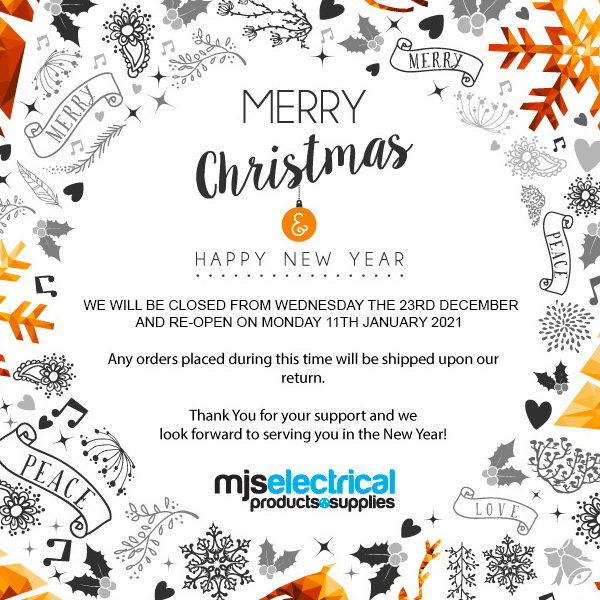


Add your favourites to cart

Select Afterpay at checkout

Log into or create your Afterpay account, with instant approval decision

Your purchase will be split into 4 payments, payable every 2 weeks
All you need to apply is to have a debit or credit card, to be over 18 years of age, and to be a resident of country offering Afterpay
Late fees and additional eligibility criteria apply. The first payment may be due at the time of purchase
For complete terms visit afterpay.com/terms
